
Works
Ernst Barlach already had international reputation during his lifetime. However, it was and is about more than the brilliant aesthetic formal language of his art. As exhibitions in and outside Europe have shown to this day, his work still impresses by its empathy for the humane and his sense of responsibility for the state of the world. His art reflects the development of modernization, the economic, social and political upheavals and the search for a shared core of values towards a peaceful and sustainable future, which is still relevant today. The early works, created between 1890 and 1905, are yet entirely committed to Art Nouveau style and the satire of Fin de Siècle. Barlach demonstrates talent and craftsmanship, but seeks his personal signature.

Ernst Barlach, Die Krautpflückerin, Zeichnunge aus dem Skizzenbuch Friedrichsroda 1894, Blatt 10

Ernst Barlach, Die Krautpflückerin, Bronze nach dem Werkmodell von 1894 © Foto Bernd Boehm

Ernst Barlach, Frau mit Katze, Feder 1899

Ernst Barlach, Selbstbildnis mit Barett und Kalkpfeife, Kohle, 1895

Ernst Barlach, Mephistopheles und Wagner mit dem Homunculus, Kohle 1897

Titelblatt Jugend
Ernst Barlach, Titelblatt Jugend - Münchner illustrierte Wochenschrift für Kunst und Leben 1899
With the journey to southern Russia in 1906, today's Ukraine, a fundamental reorientation of the artist begins, which includes three essential aspects: Barlach is overwhelmed by the landscape, the steppe and its, as he said, endlessness. From this grows his metaphysical counter-image to early-century rationalism. The folk, the people, especially the simple peasants and beggars with whom he fills five sketchbooks during his journey, Barlach understands as prototypes of genuine humanity against the materialism of the Western world. In sculpture and drawing, they become his icons of modernity, to which he will return for coming decades. Finally, he is impressed by the authentic and subjective faith of the Russian Orthodox rural population as a spiritual quality of life and orientation. With Russia he finds "free course" and until 1914 he creates about 100 sculptural works in plaster, ceramics and wood. They are mainly beggars, peasants, human figures sleeping, dreaming, making music, resting in themselves, which Barlach entrusts to a supernatural space and time level, reduced to a minimum in formal language.

Ernst Barlach, Wegelagerer, Feder auf Kohle 1907-1908

Ernst Barlach, Tauziehender russischer Bauer, Lithografie aus: Eine Steppenfahrt 1922
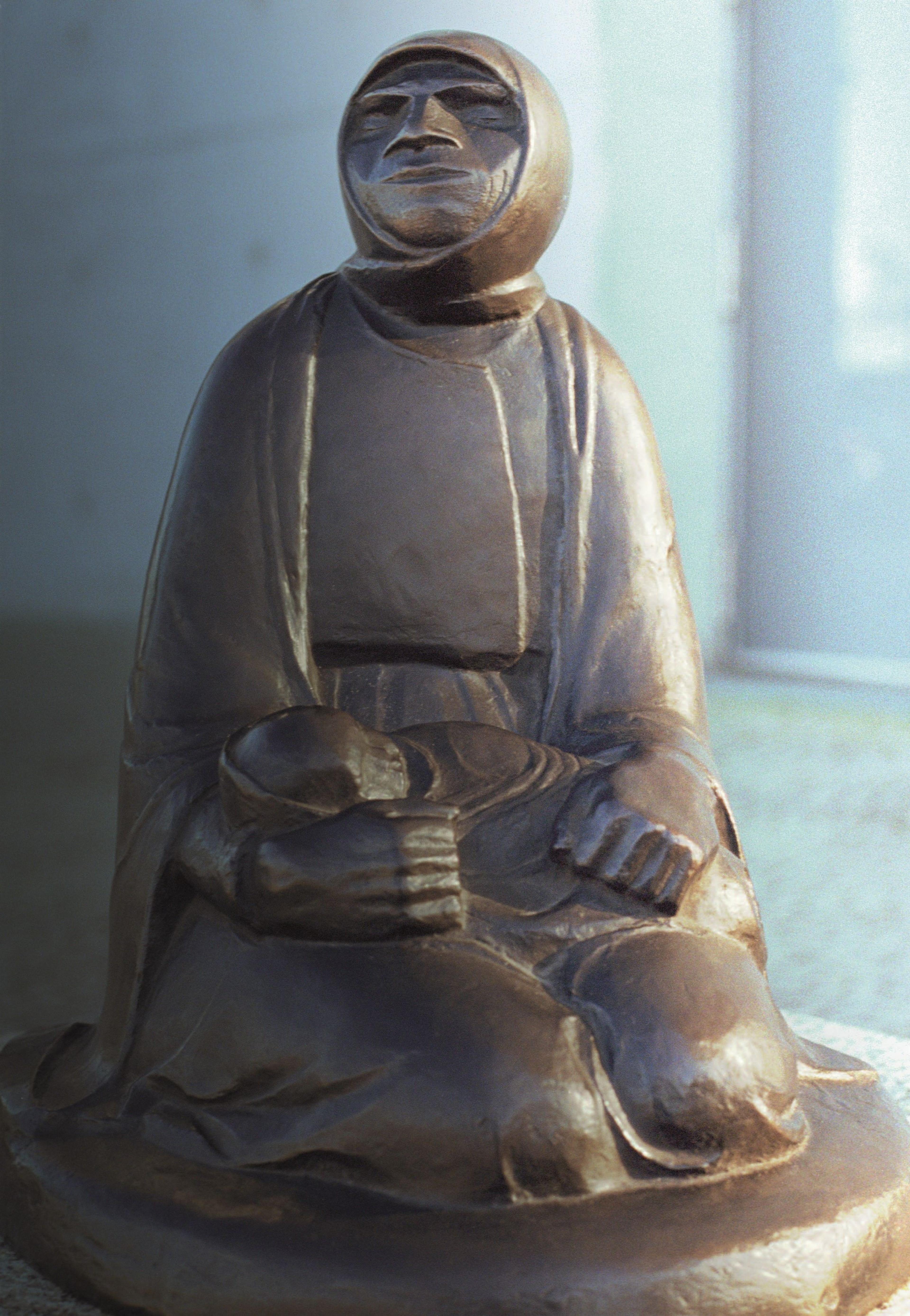
Ernst Barlach, Bettlerin mit Kind, Bronze 1907 © Foto Bernd Boehm
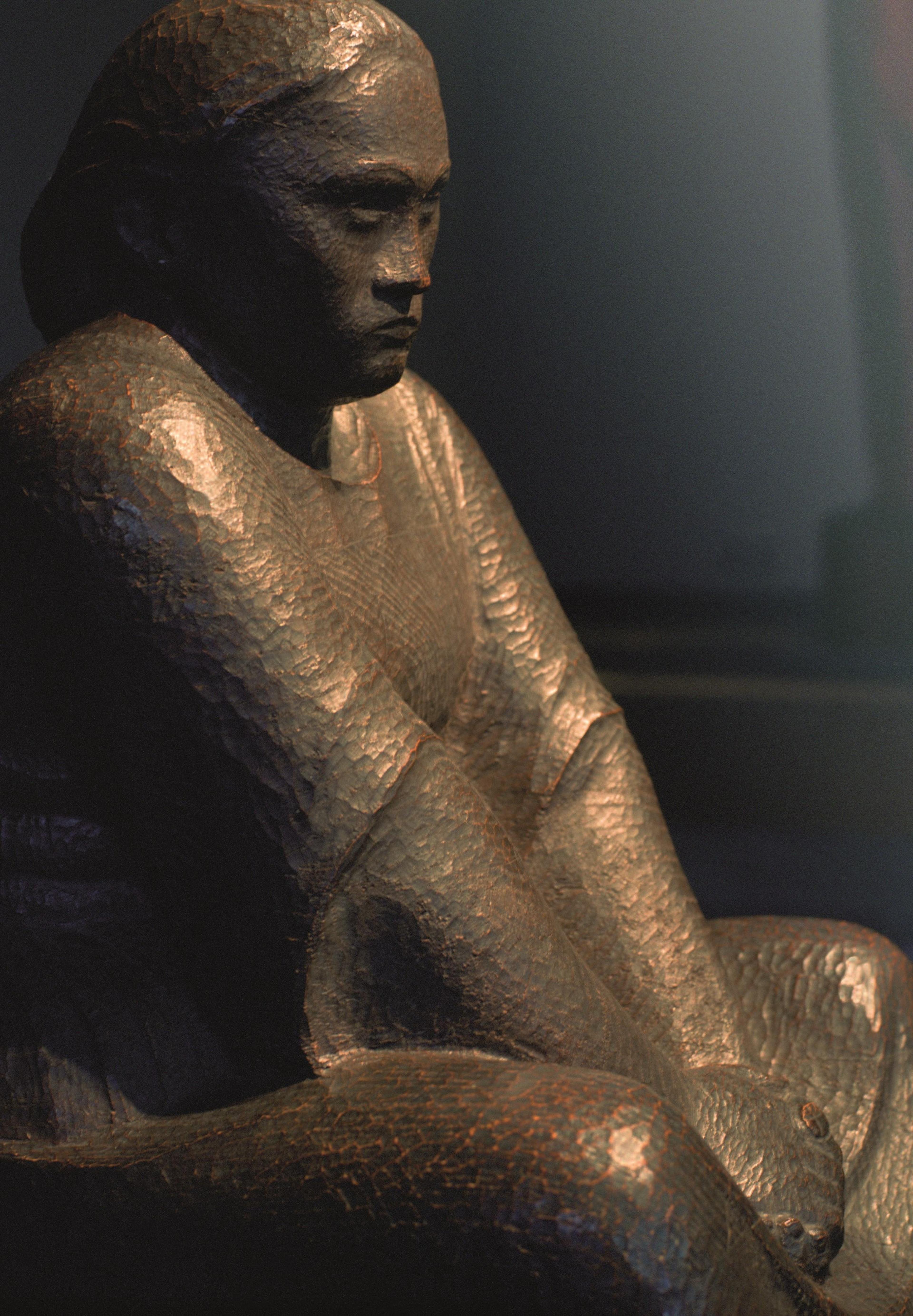
Ernst Barlach, Sorgende Frau, Holz 1910 © Foto Bernd Boehm
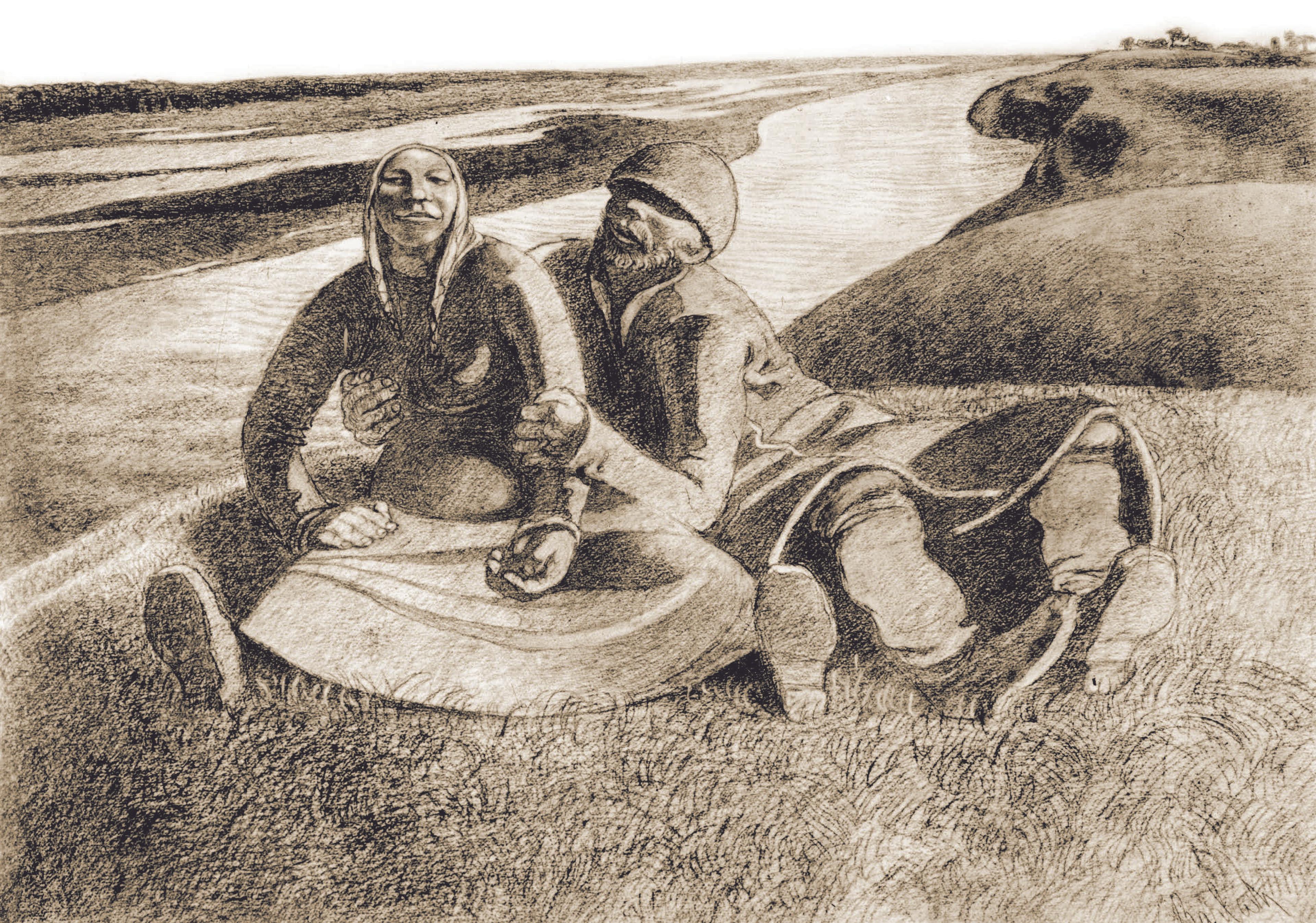
Ernst Barach, Russisches Bauernpaar, Blei 1907
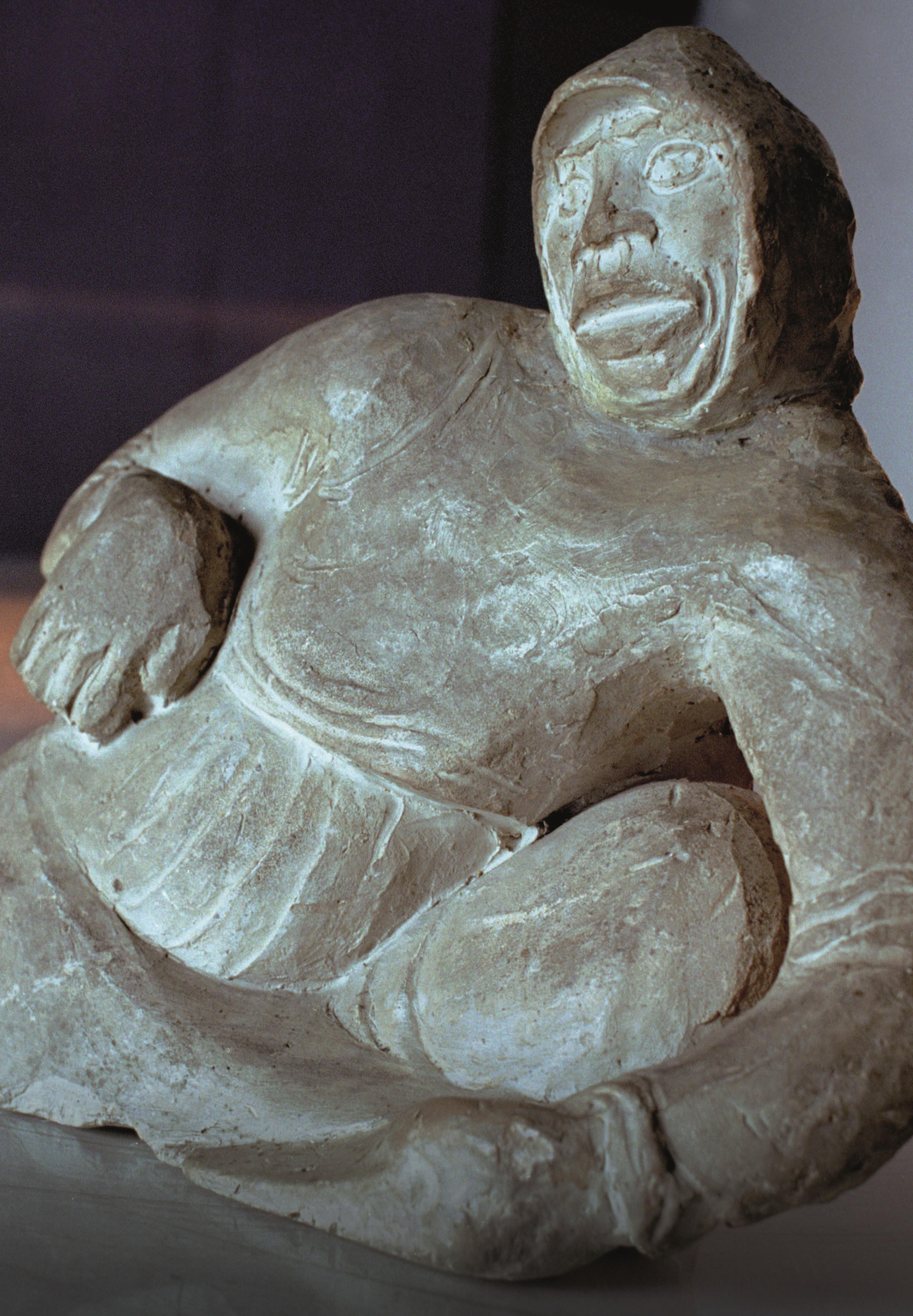
Ernst Barlach, Hockende Bettlerin ,Ton ungebrannt 1907-08 © Foto Bernd Boehm

Ernst Barlach, Der Berserker, Holz 1910 © Foto Bernd Boehm

Ernst Barlach, Drei ruhende Frauen, Lithographie aus: Eine Steppenfahrt, 1912
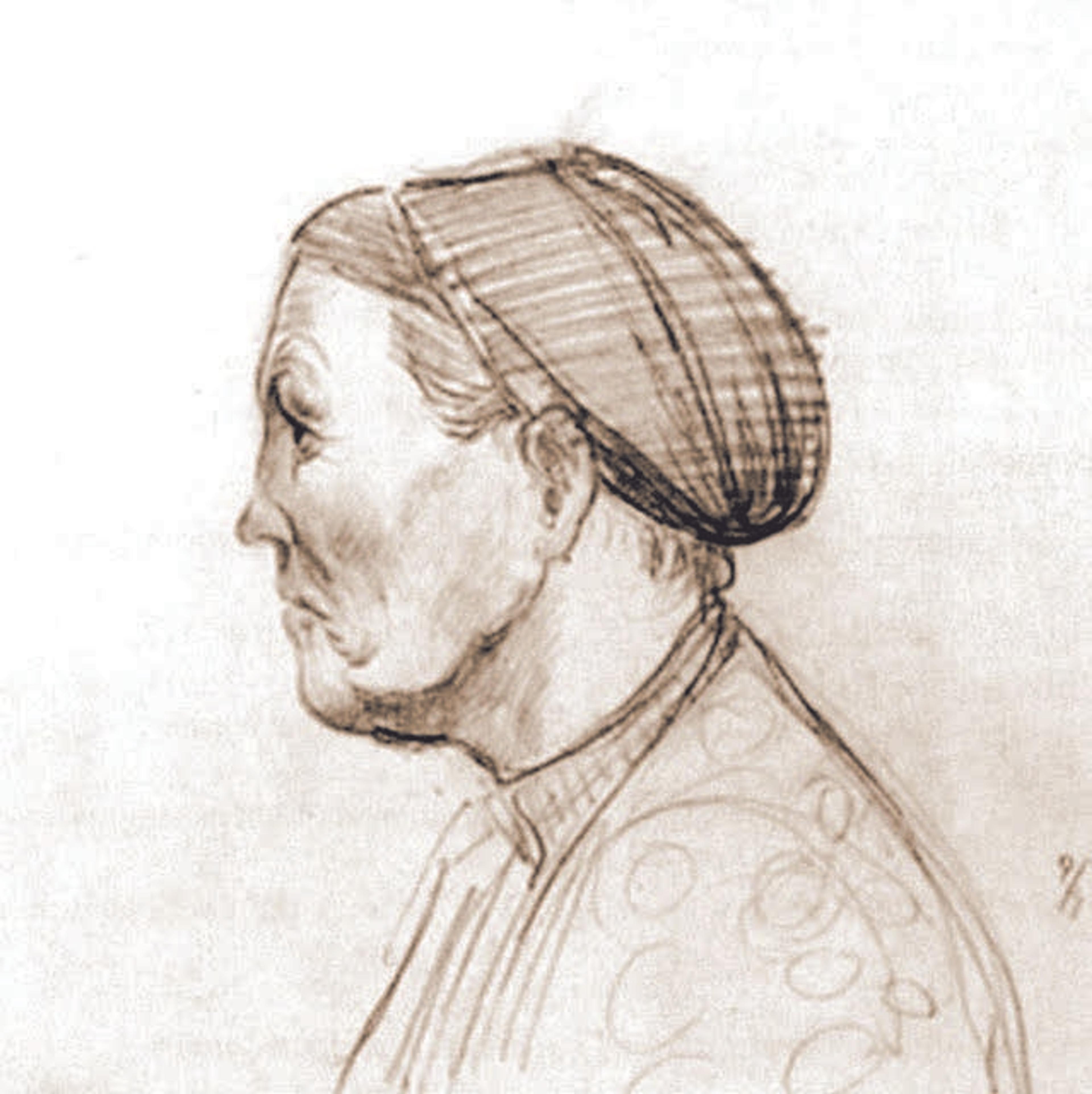
Ernst Barlach, Die Bäuerin Feodorowna, Blei 1906
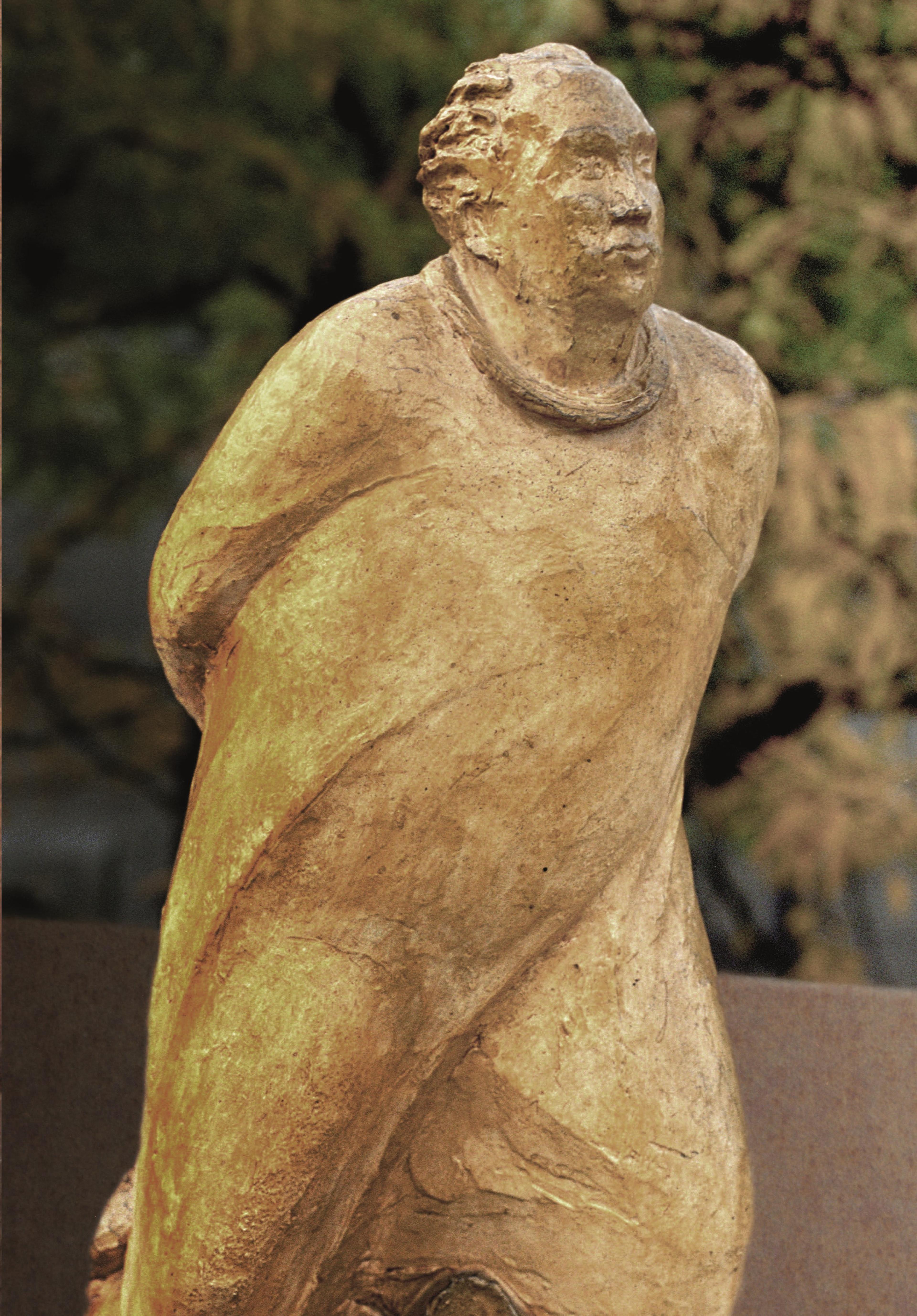
Ernst Barlach, Der Spaziergänger, Gips 1912 © Foto Bernd Boehm
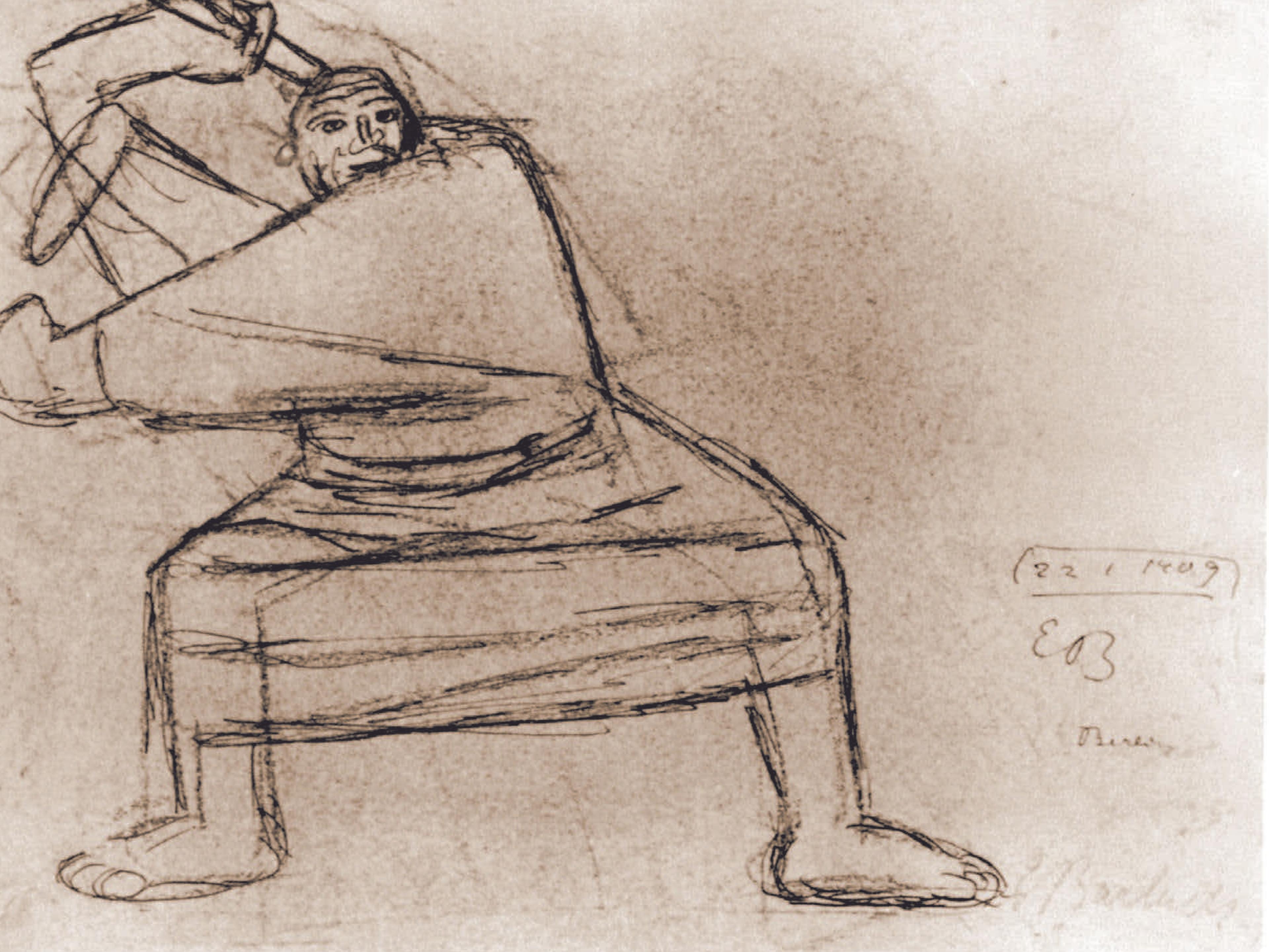
Ernst Barlach, Der Berserker, Feder und Kohle 1910
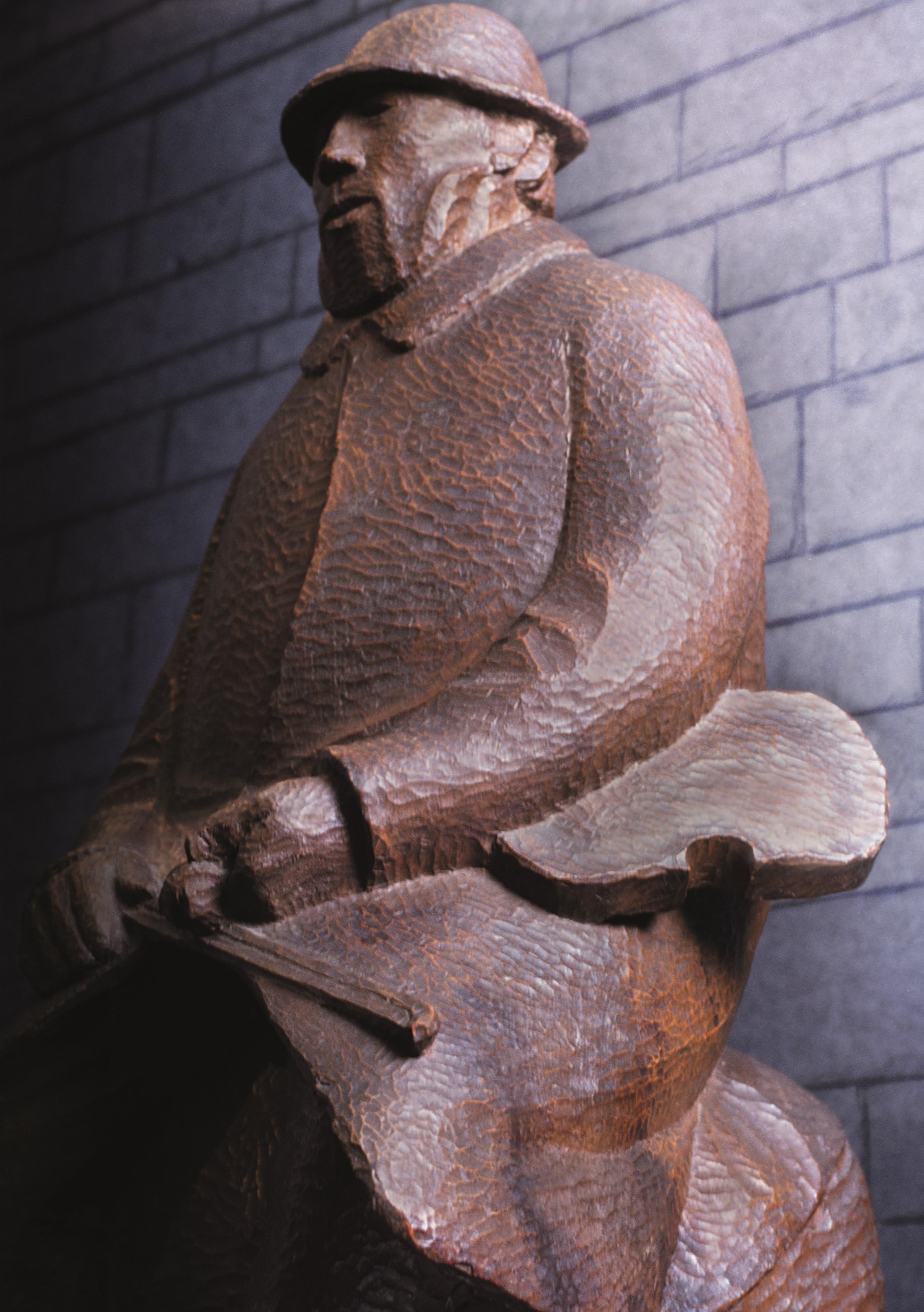
Ernst Barlach, Der Dorfgeiger, Holz 1914 © Foto Bernd Boehm
Already before the First World War, around 1910, early warriors for a better world appear in his work, swordsmen or berserkers, as he calls them. However, the cruel and first war that was fought with technical force of arms causes a turning point. Grief, sorrow and suffering, the question on the borders of existence become the primary motif of the artistic work. Women, the archaic ancients and sages, the guardians of life, also gain importance for Barlach. As early as 1921 he created the first memorial for Kiel. Work on monumental sculptures and peace monuments dominate the years from 1927 onwards, including the Güstrow, Magdeburg and Hamburg memorials, as well as the Geistkämpfer for Kiel.
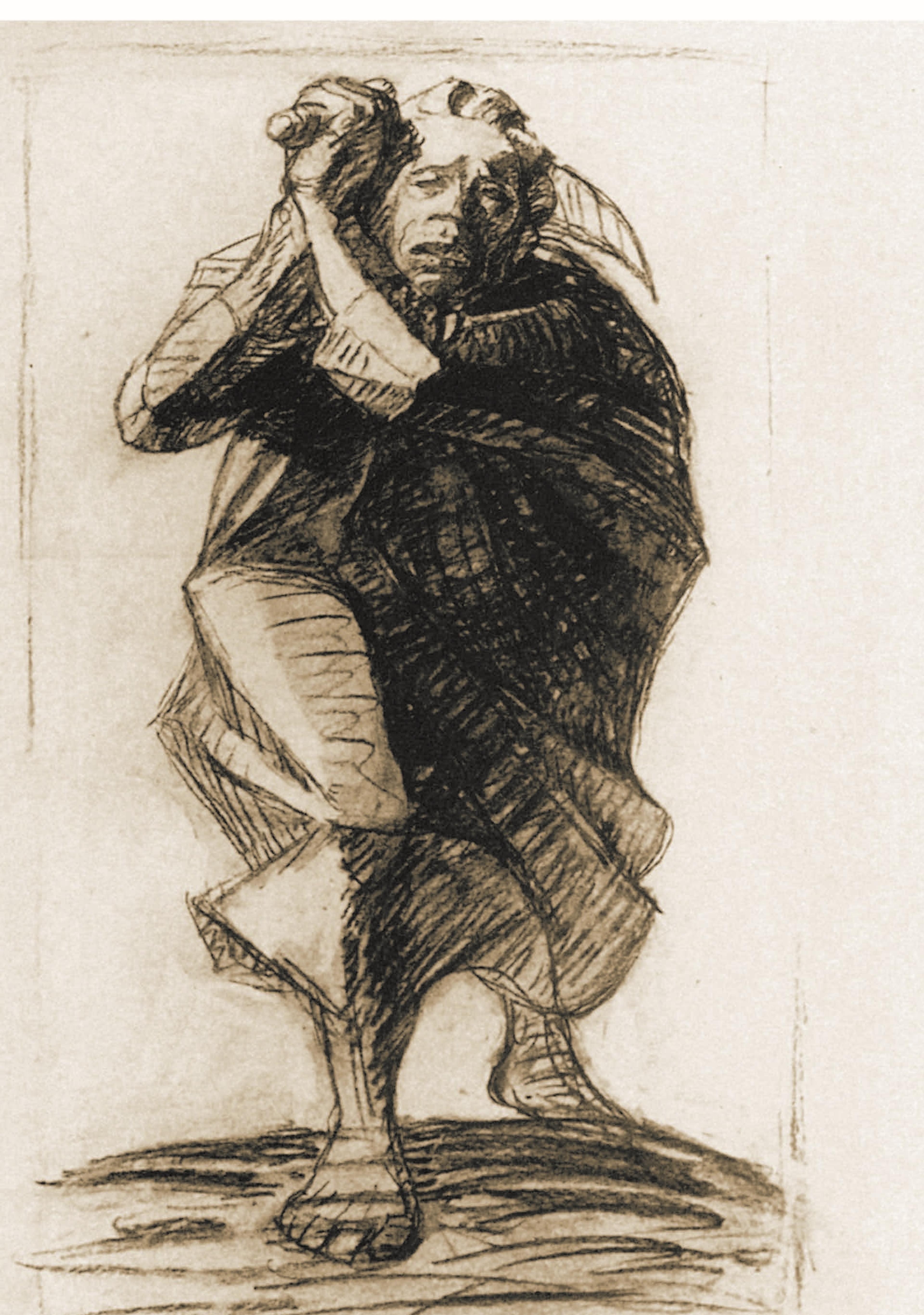
Ernst Barlach, Der heilige Krieg, Kohle 1914
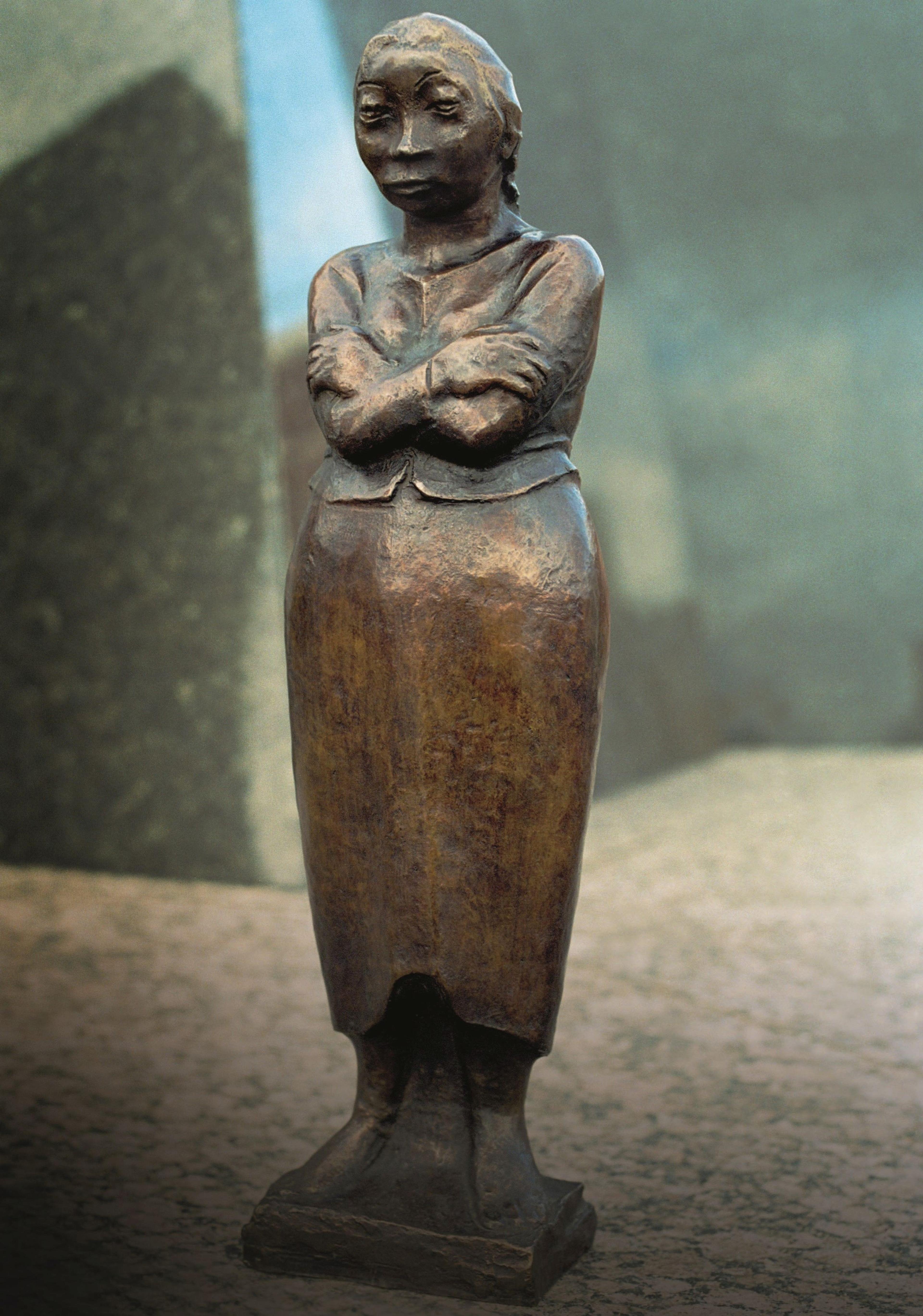
Ernst Barlach, Frau mit den untergeschlagenen Armen, Bronze nach dem Werkmodell von 1922 © Bernd Boehm

Ernst Barlch, Mutter Erde, Bronze nach dem Gipsmodell um 1920 © Foto Bernd Boehm
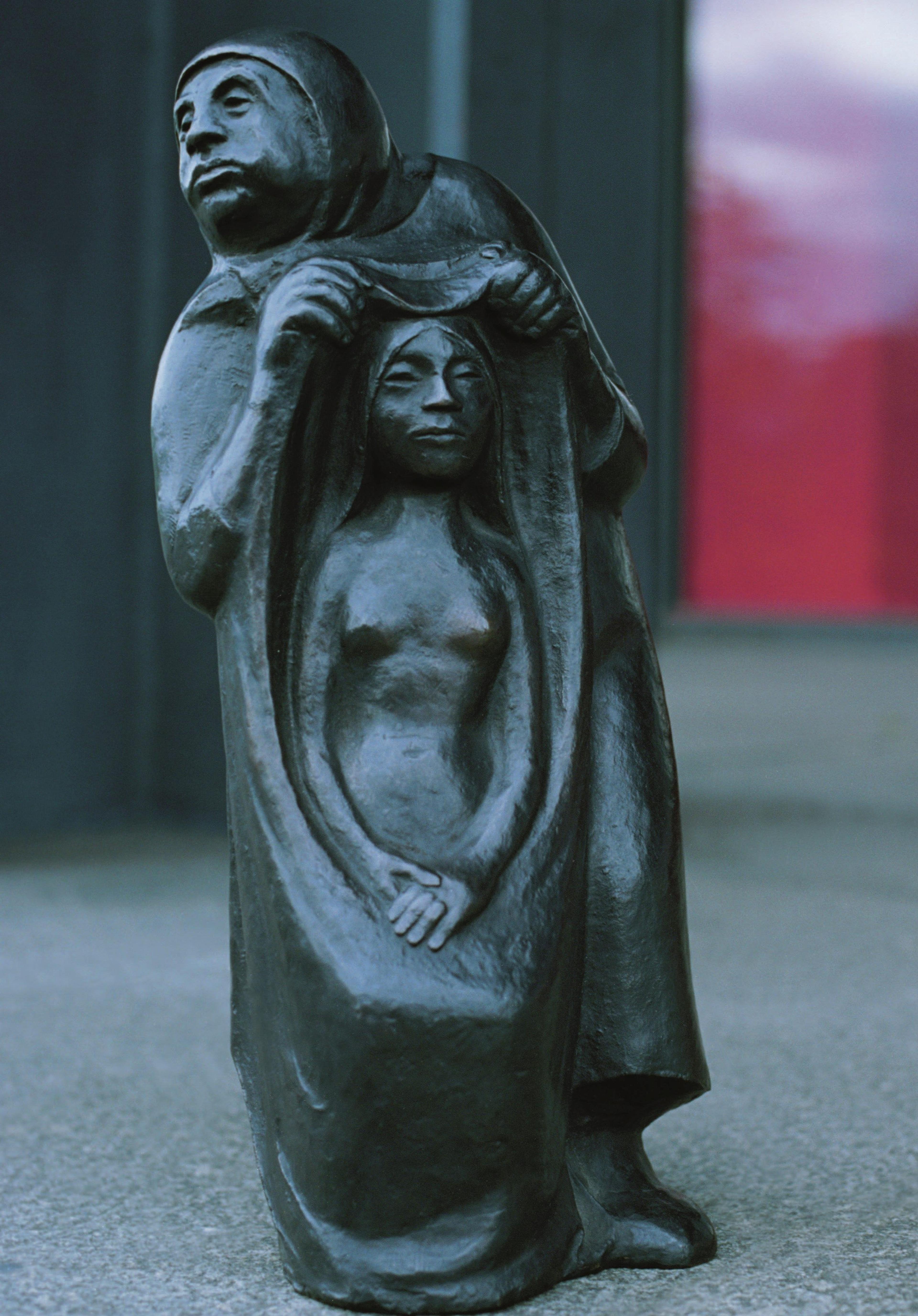
Ernst Barlach, Die Kupplerin II, Bronze nach dem Werkmodell von 1920 © Foto Bernd Boehm
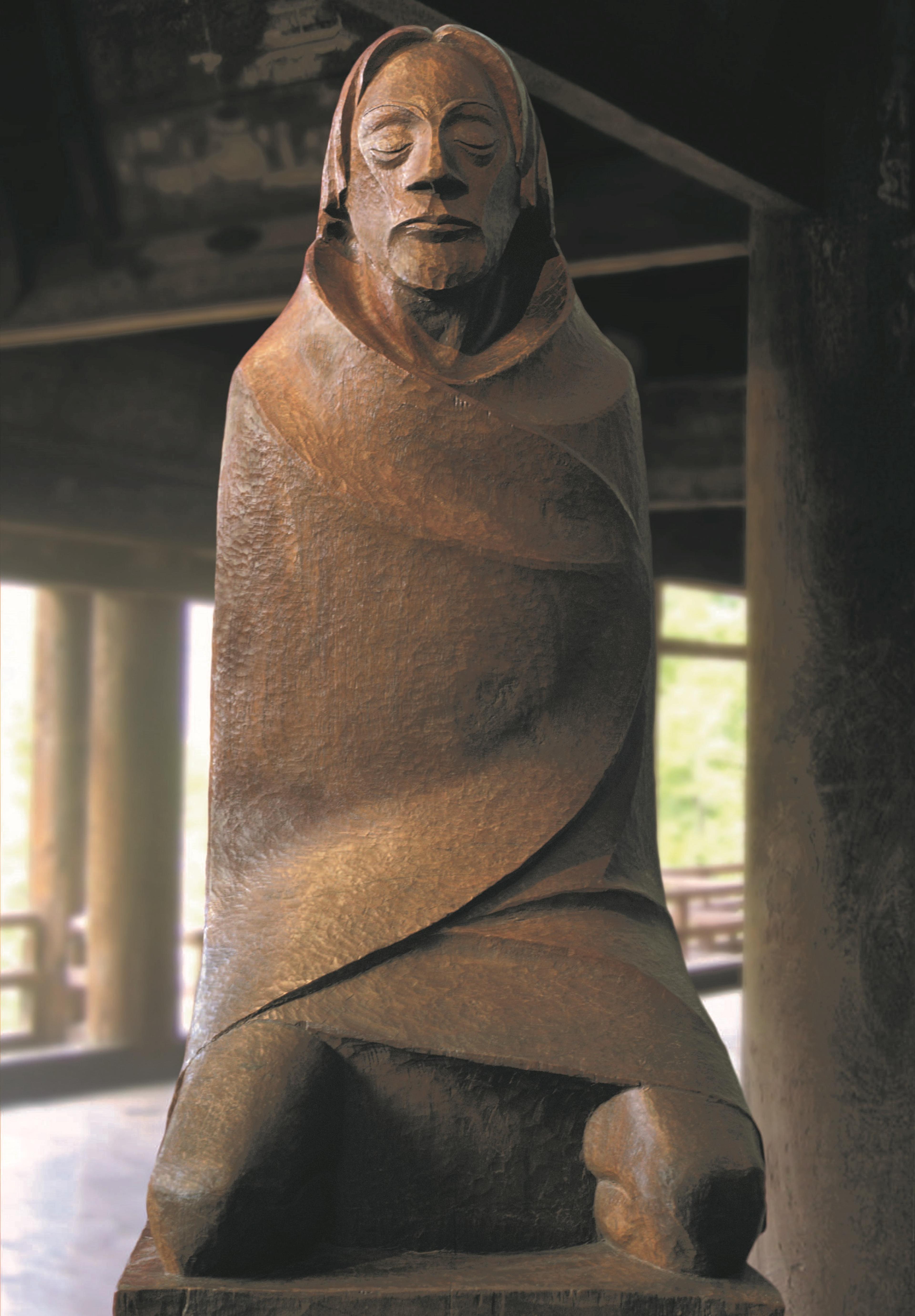
Ernst Barlach, Der Asket, Holz, 1925 © Bernd Boehm
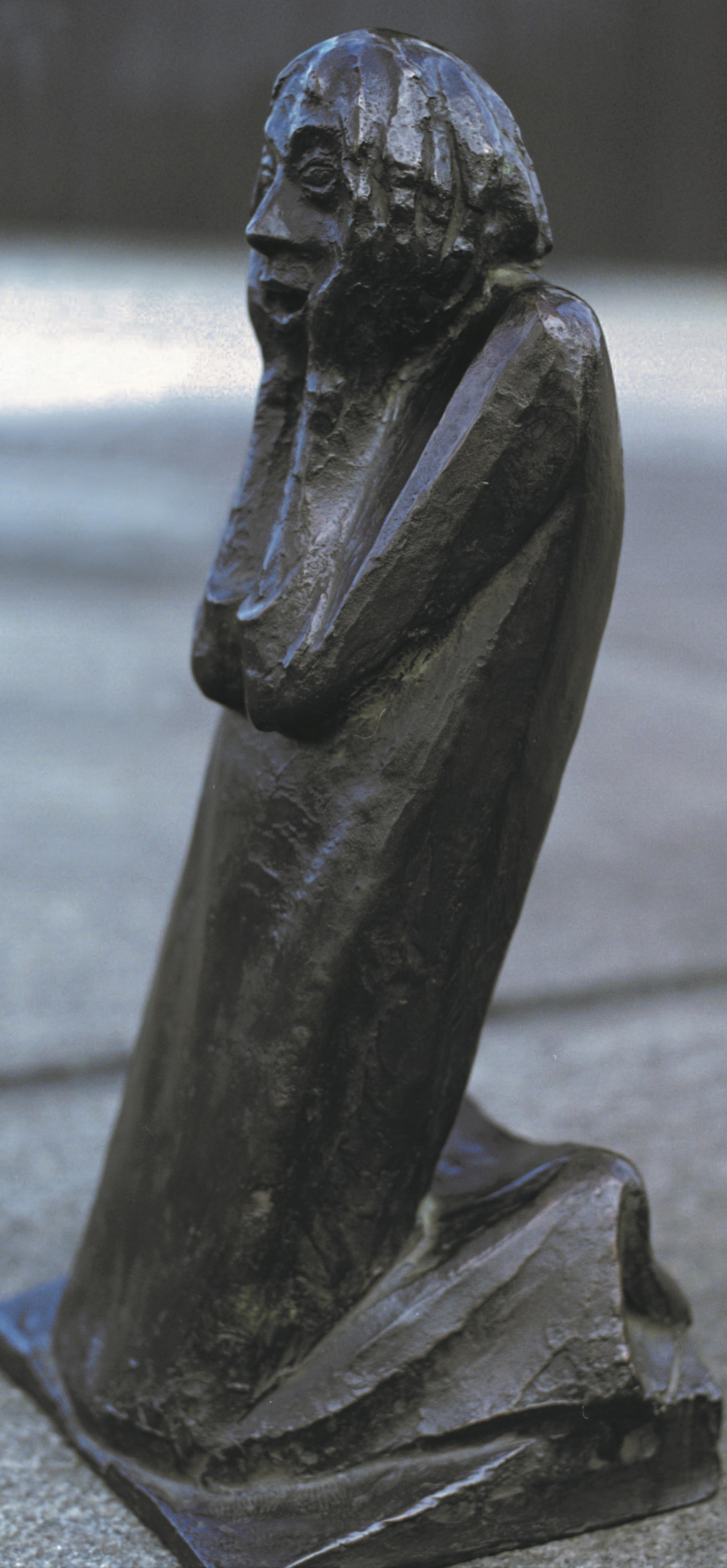
Ernst Barlach, Das Grauen, Bronze nach dem Werkmodell von 1923 © Foto Bernd Boehm
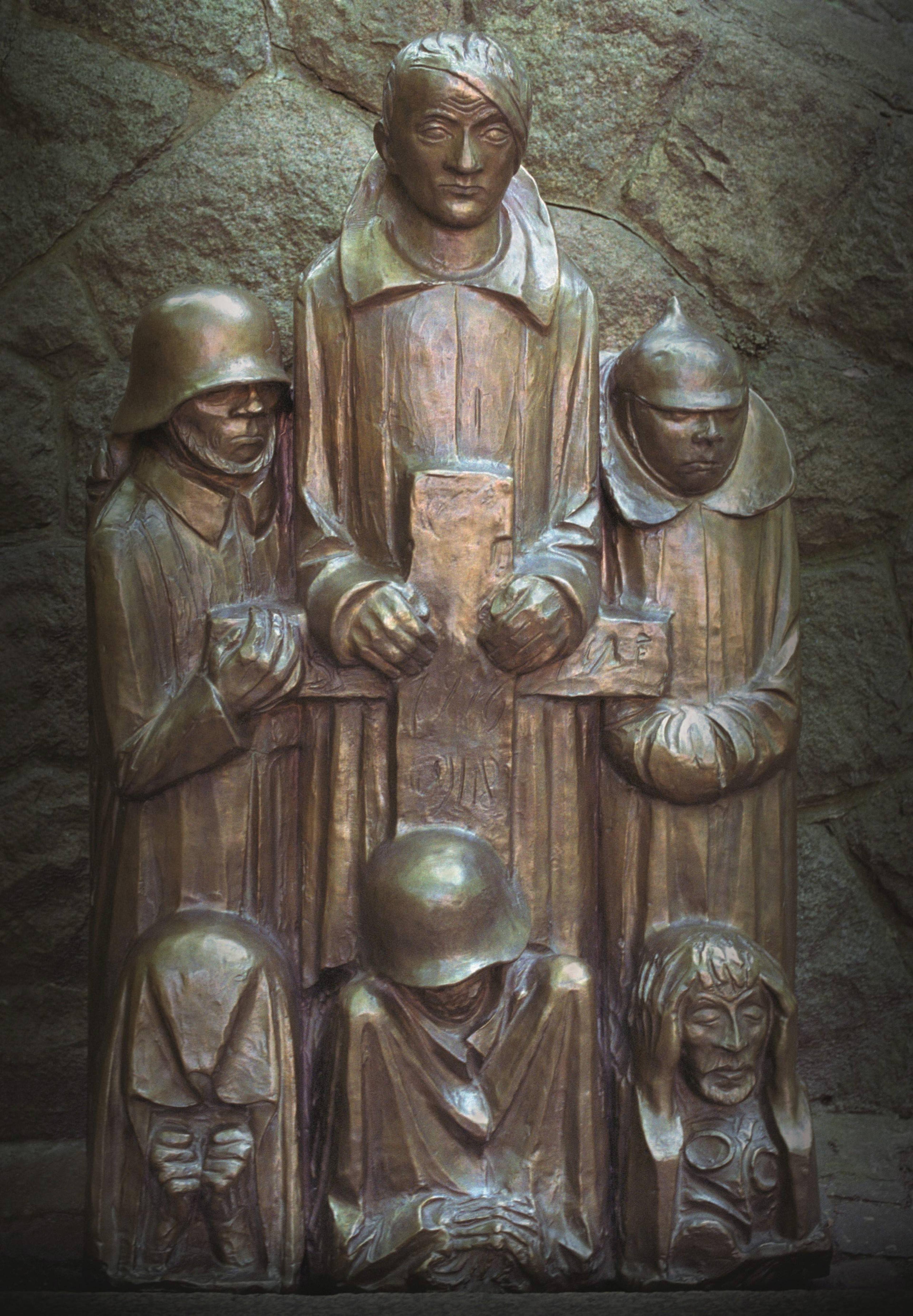
Ernst Barlach, Magdeburger Ehrenmal, Bronze nach dem Werkmodell von 1928/29 © Foto Bernd Boehm
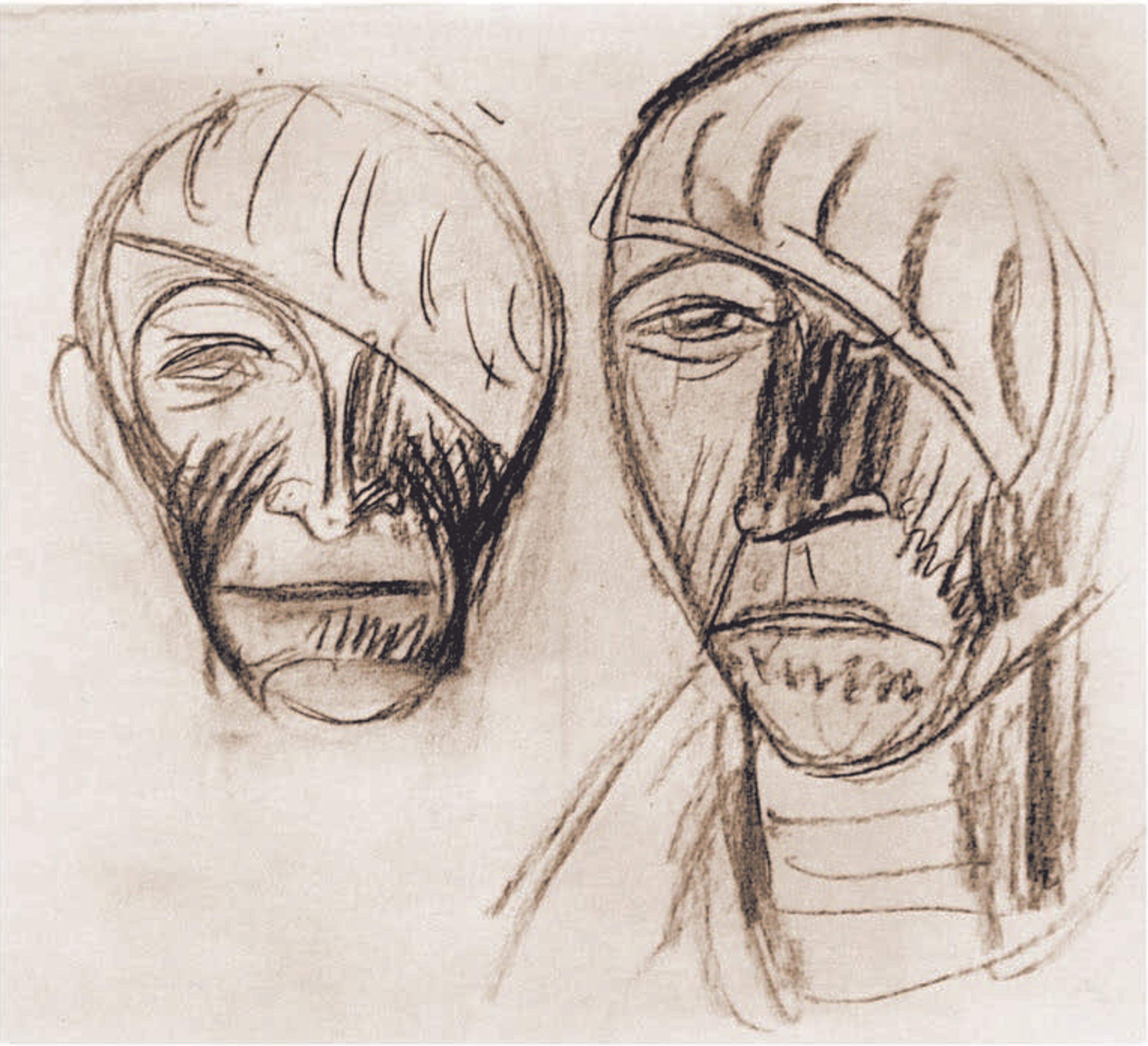
Ernst Barlach, Zwei Kopfstudien zum Magdeburger Mal, Kohle 1928

Ernst Barlach, Der Träumer, Holz 1925 © Foto Bernd Boehm
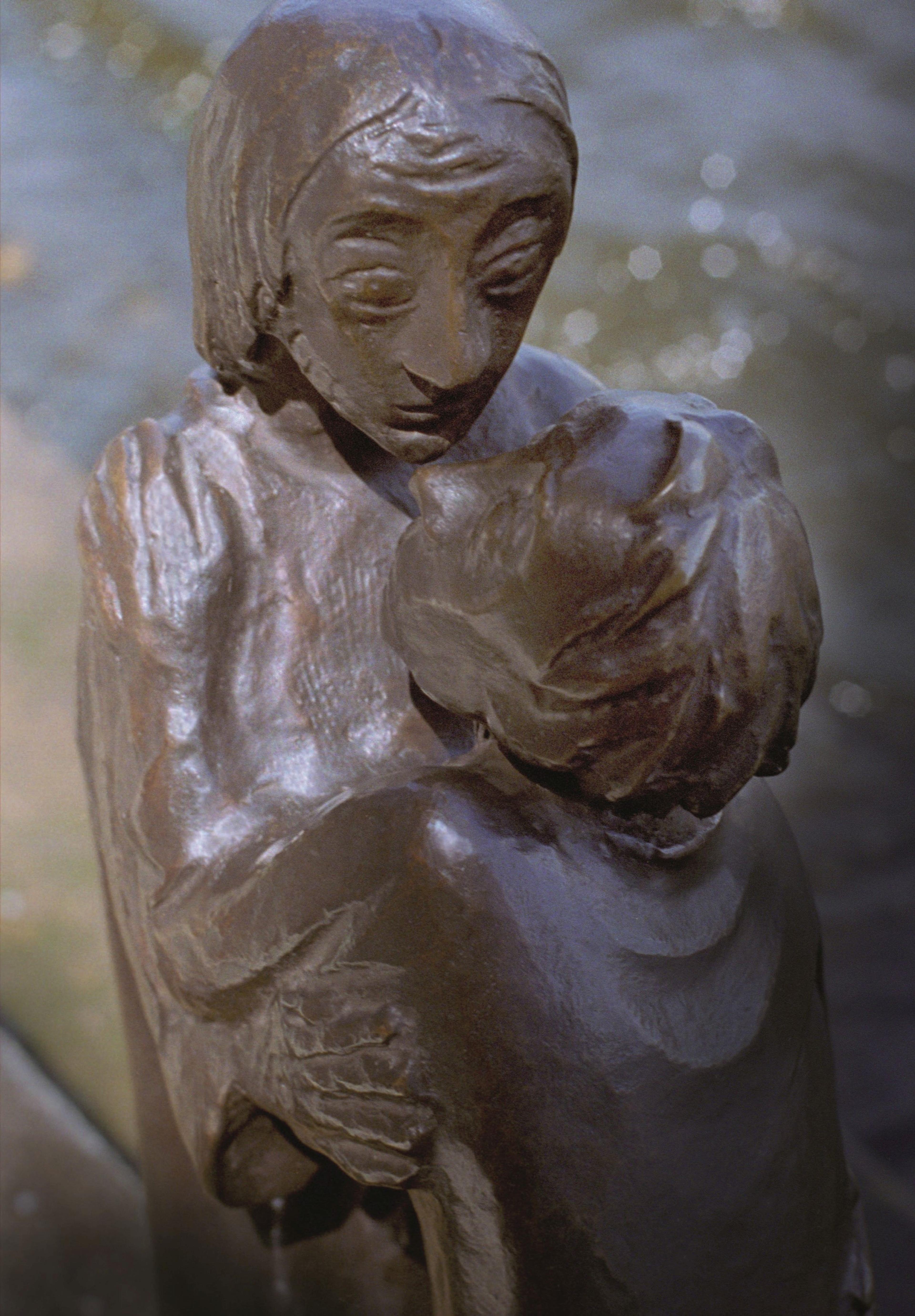
Ernst Barlach, Das Wiedersehen, Bronze nach dem Werkmodell von 1926 © Foto Bernd Boehm
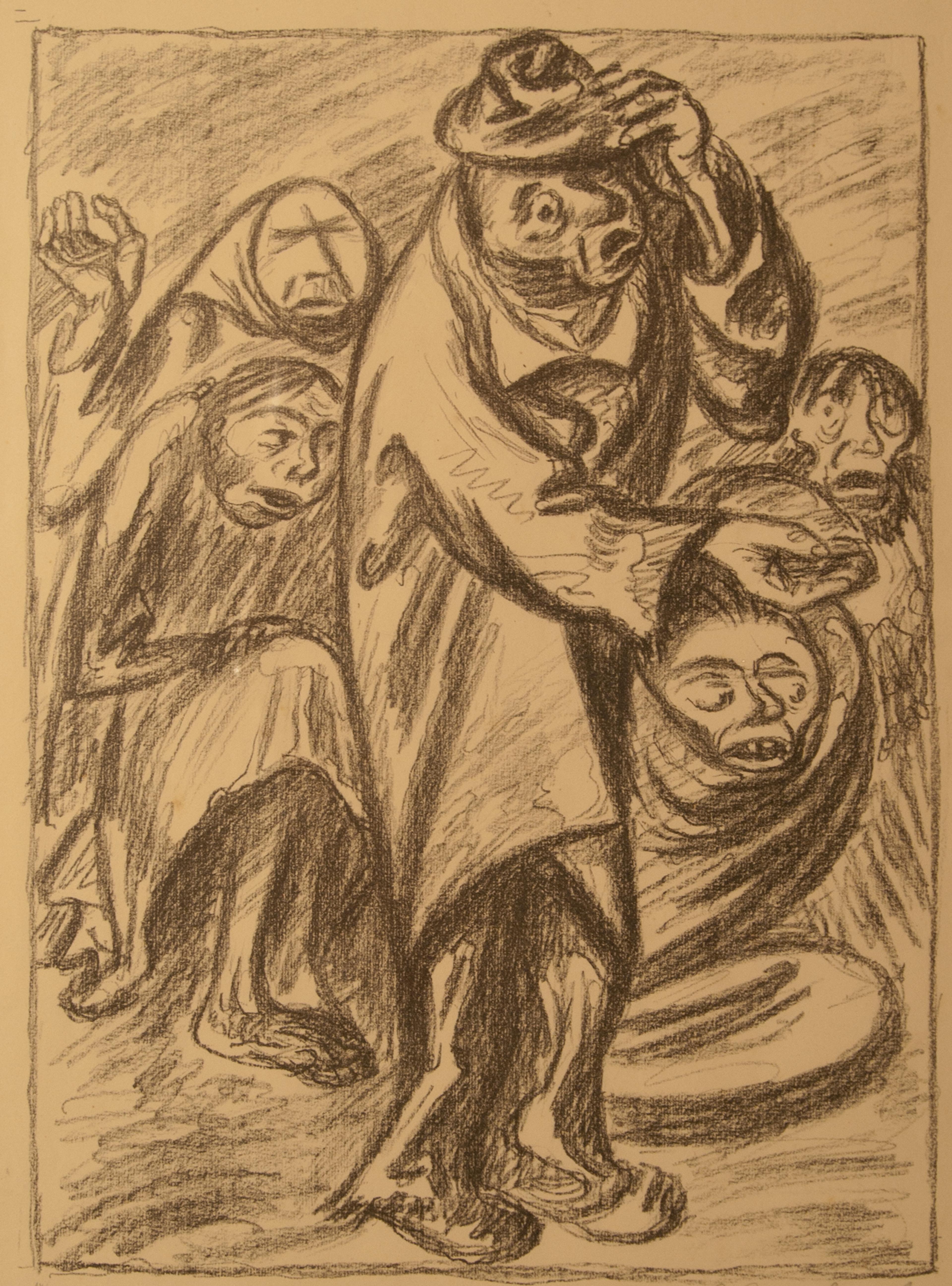
Ernst Barlach, Bettelvolk, Lithographie 1930
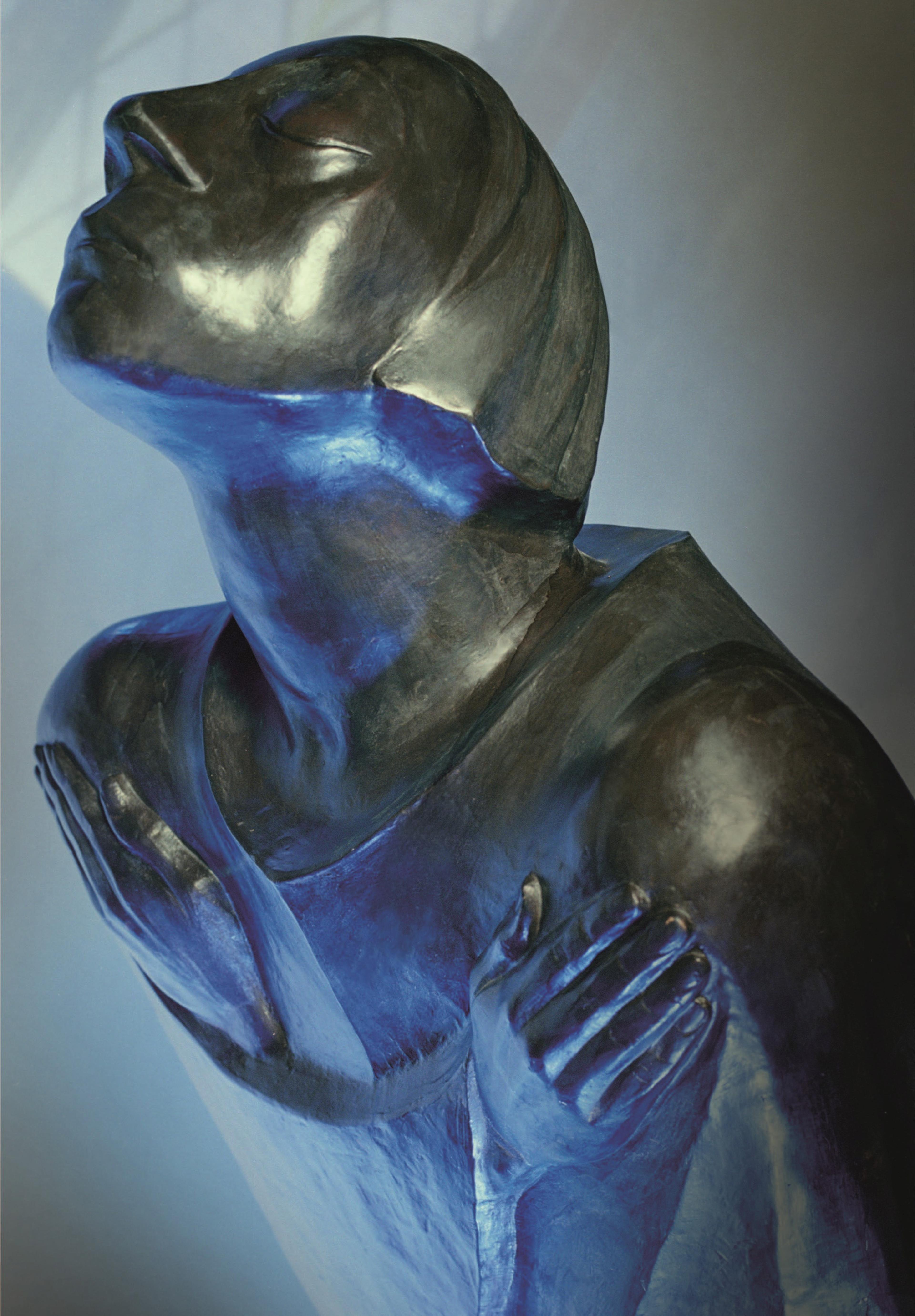
Ernst Barlach, Das Güstrower Ehrenmal, Bronze, 1927 © Foto Bernd Boehm
Around 1930, Barlach has just started building his atelier house, the influences of the NSDAP and nationalist movements on cultural life in Germany intensify. Barlach's honorary monuments, but also the figure frieze "Community of Saints" planned for St. Catherine's Church in Lübeck, experience considerable opposition and rejection. The first confiscation of undesirable artworks in the Weimar museums is even carried out under the heading "Against Barlach's direction in art - the fight over Eastern and inferior humanity". Barlach works on the Fries der Lauschenden. The first three figures are commissioned and paid for by the Jewish entrepreneur Ludwig Katzenellenbogen. Like many of Barlach's other collectors, gallery owners and benefactors, he soon runs into political and financial difficulties and has to withdraw the commission. From 1934 exhibitions of Barlach are closed, sales are hardly possible, the financial but also mental pressure is great. The ecstatic almost completely disappears in his compositions. His figures reflect the loneliness, the search for meaning, the doubt and the retreat into inwardness, which determine Ernst Barlach's life during the last years.

Ernst Barlach, Der Bettler (Gemeinschaft der Heiligen), Bronze nach dem Werkmodell von 1930 © Foto Bernd Boehm.
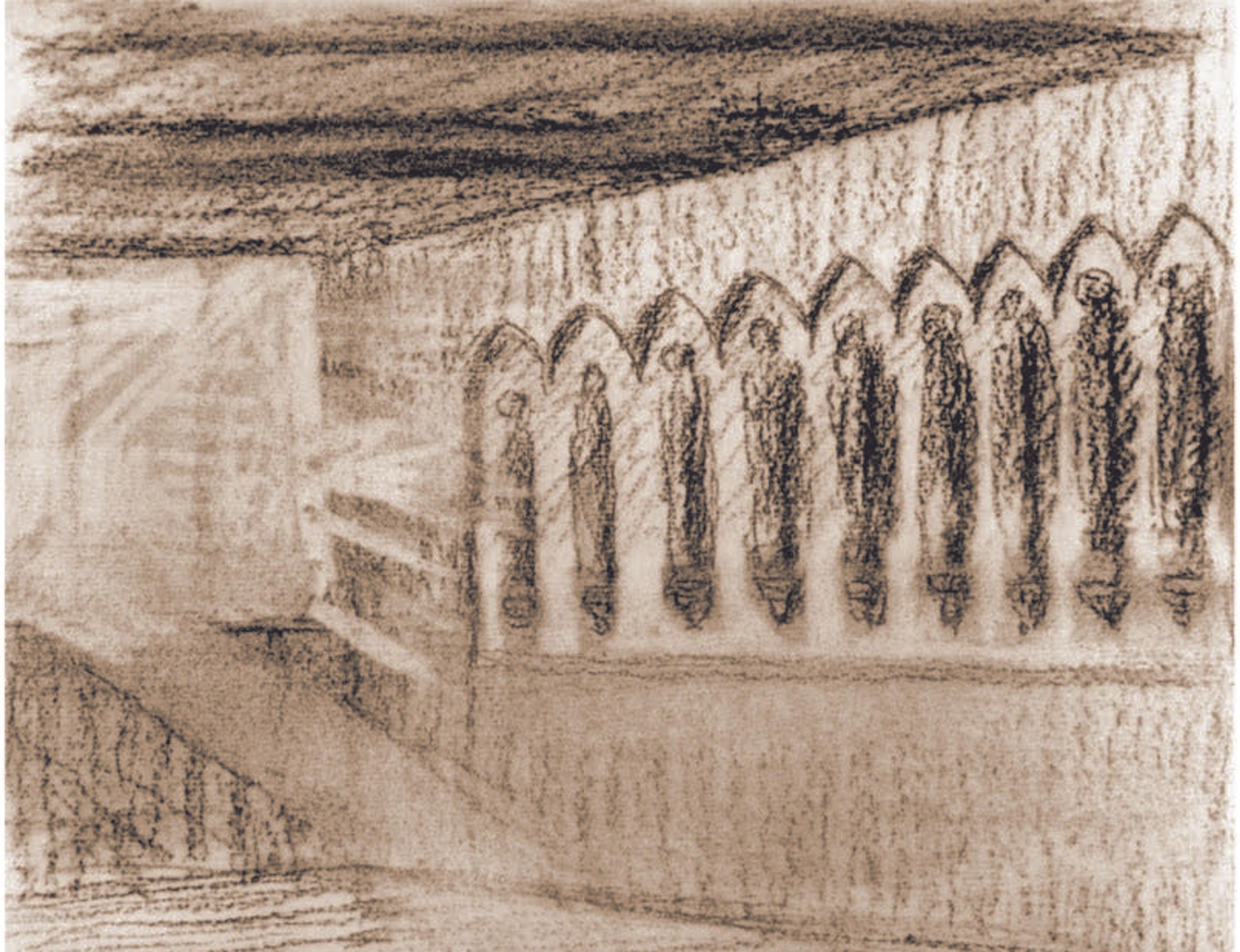
Ernst Barlach, Entwurf Fries der Lauschenden, Kohle, 1930
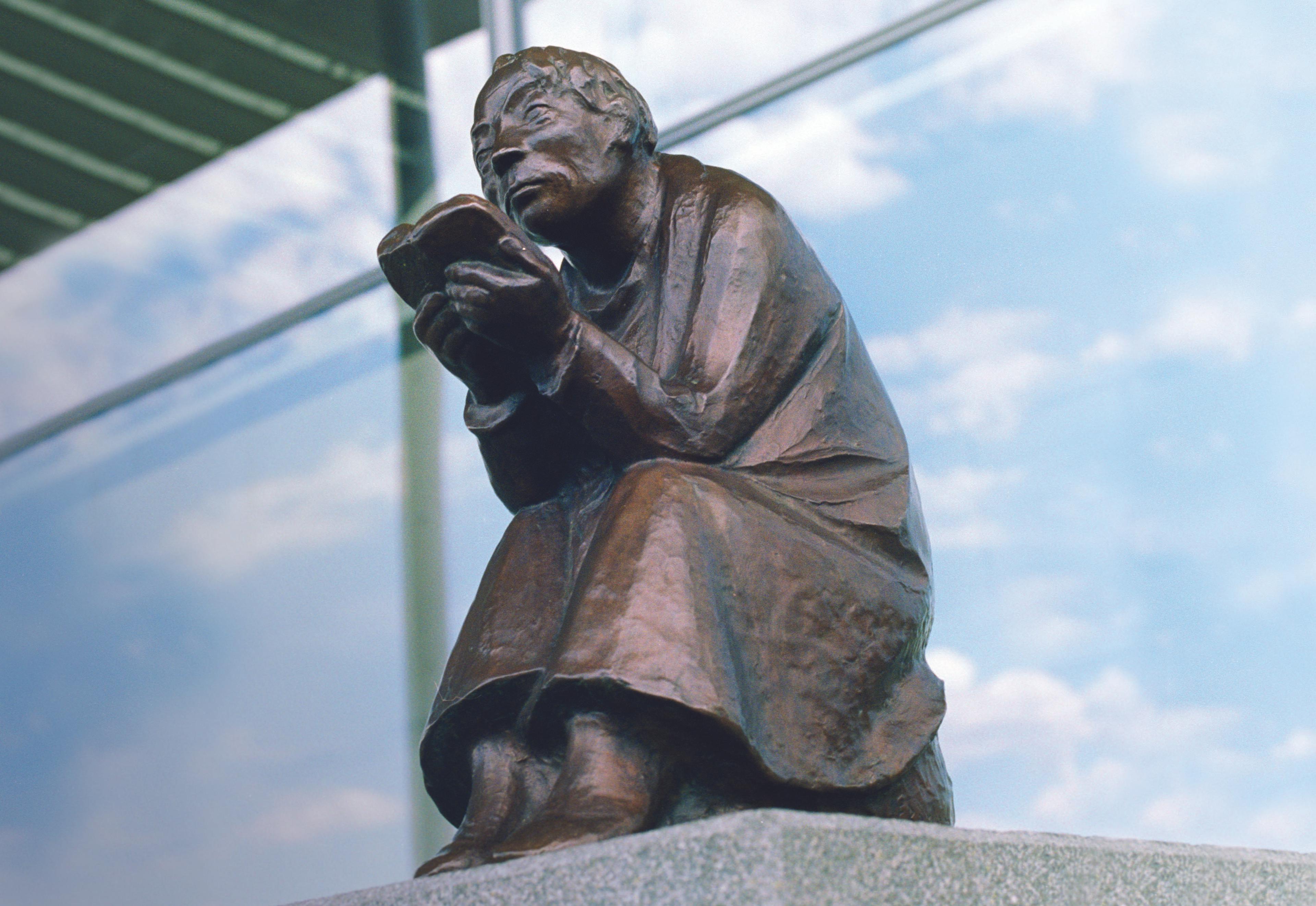
Ernst Barlach, Der Buchleser, Bronze 1936 © Foto Bernd Boehm
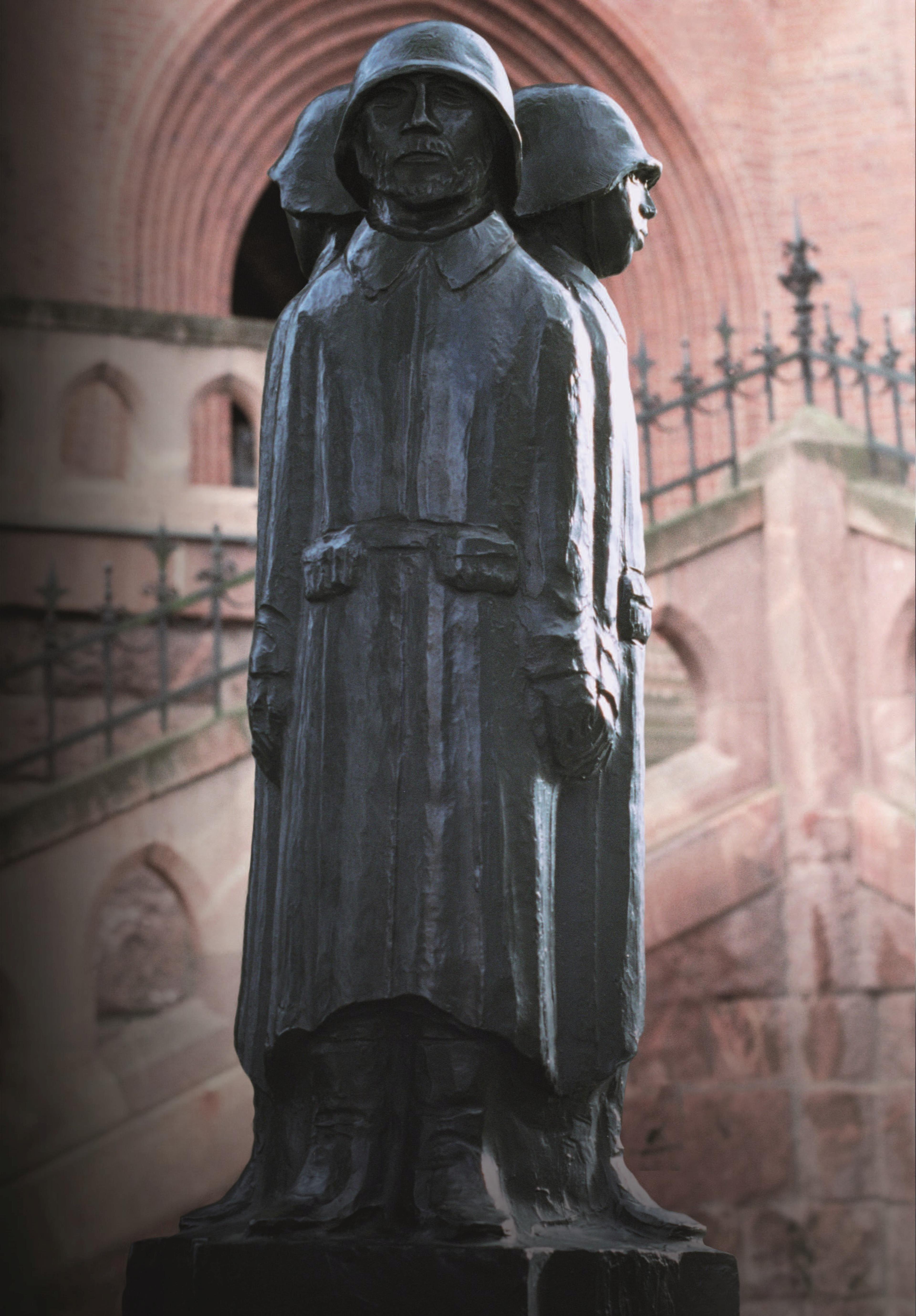
Ernst Barlach, Soldatengruppe, Bronze nach dem Gipsmodell von 1932 © Foto Bernd Boehm
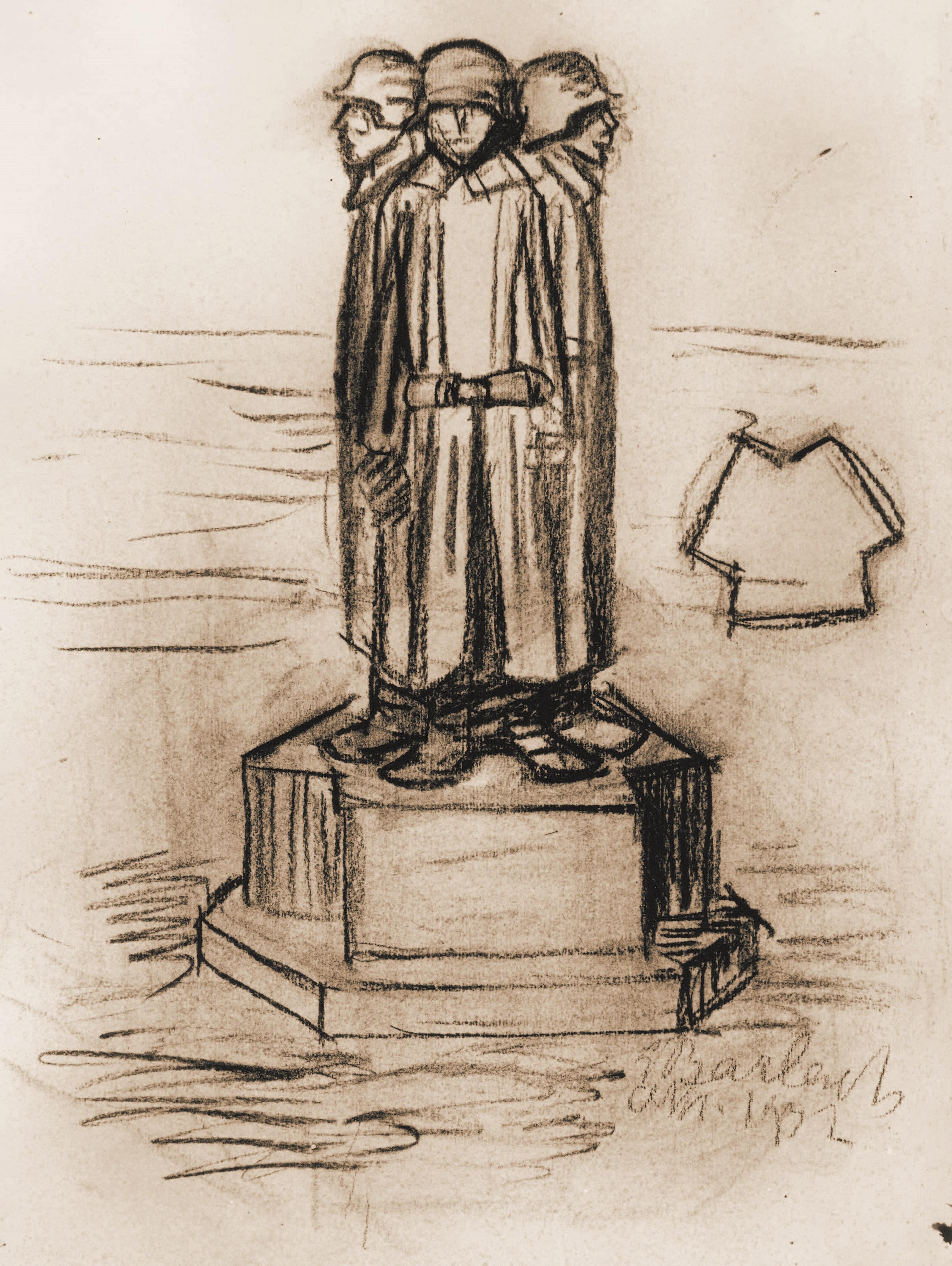
Ernst Barlach, Soldatengruppe, Entwurf für ein Ehrenmal in Stralsund, Kohle, 1932
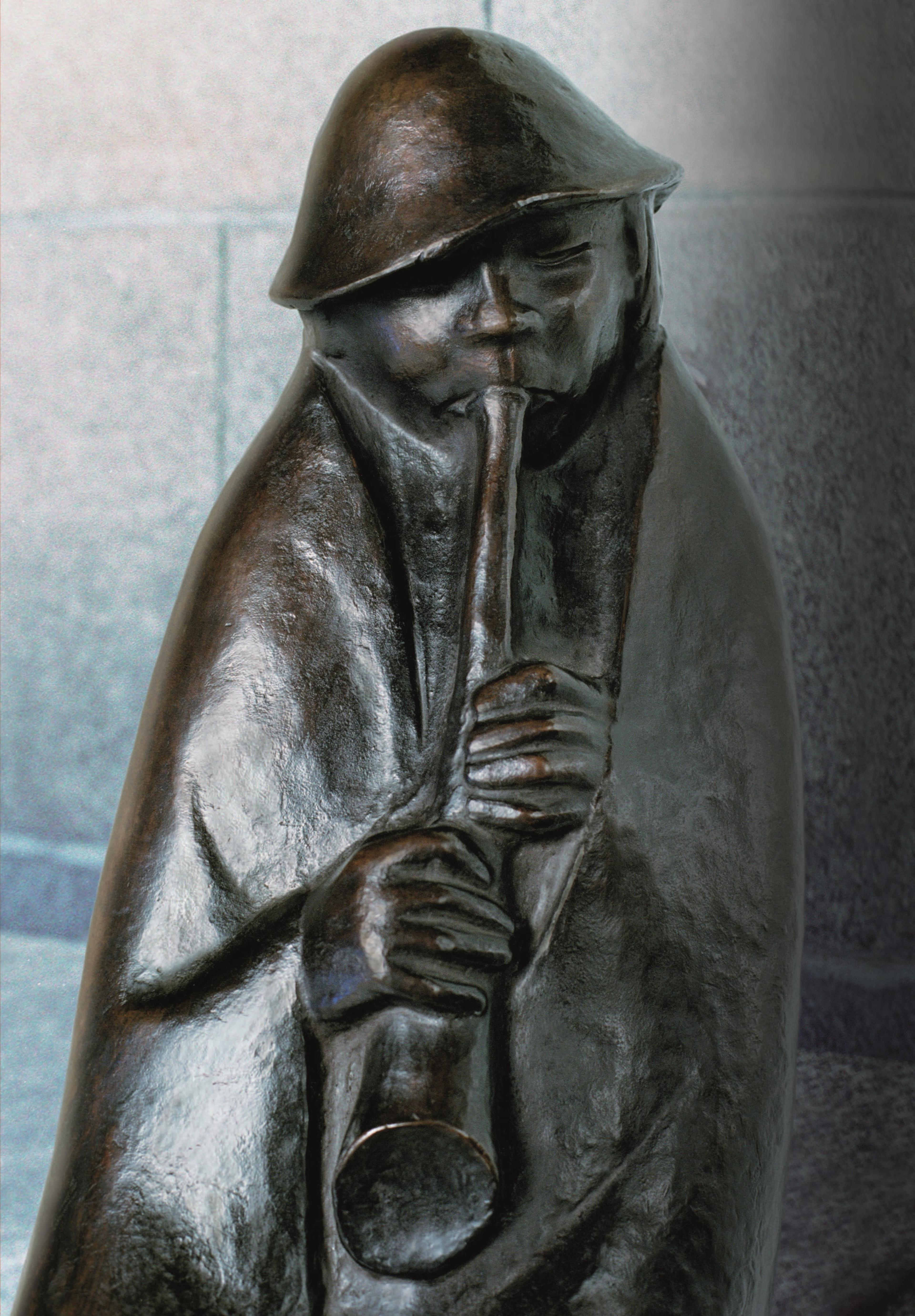
Ernst Barlach, Der Flötenbläser, Bronze 1936 © Foto Bernd Boehm

Ernst Barlach, Der Wanderer im Wind, Gips, 1934 © Foto Bernd Boehm
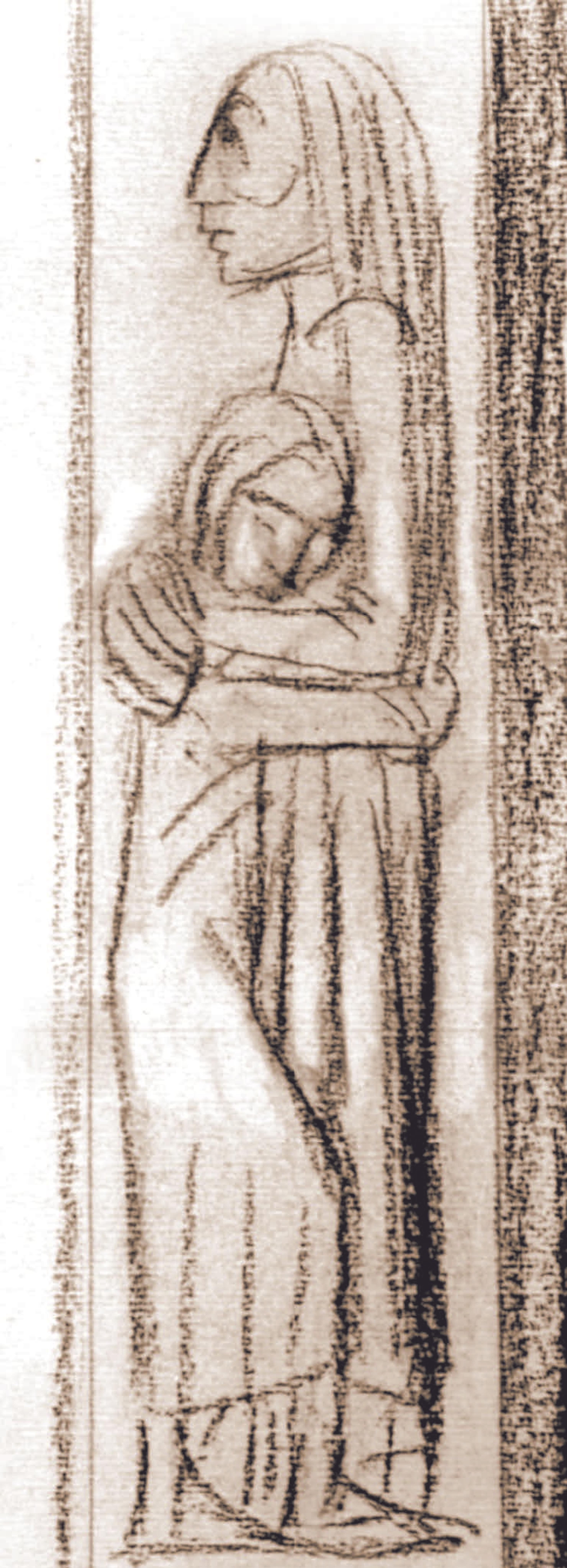
Ernst Barlach, Entwurf Hamburger Ehrenmal, Mutter und Kind, Kohle, 1930
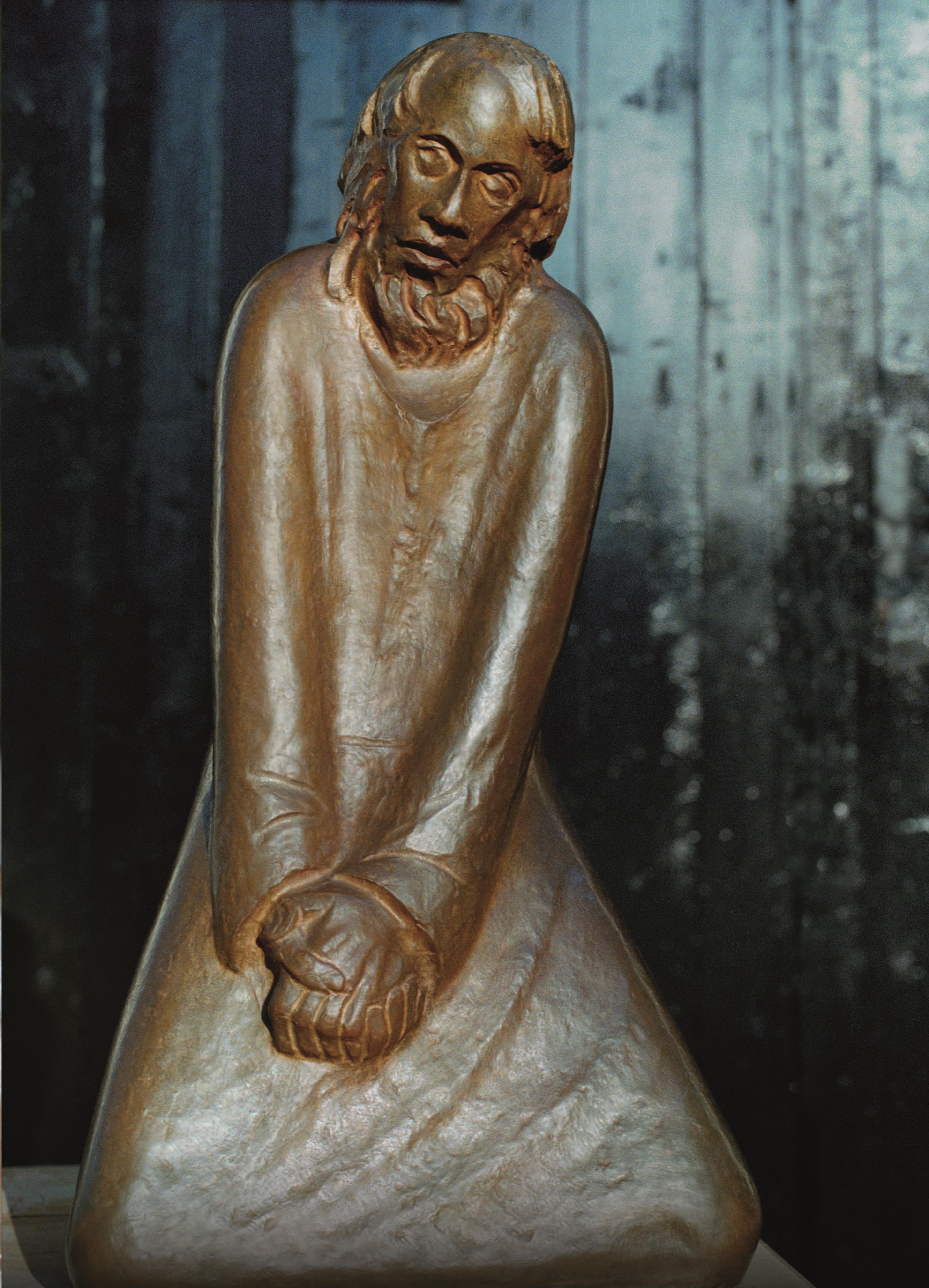
Ernst Barlach, Der Zweifler, Bronze 1931 © Foto Bernd Boehm
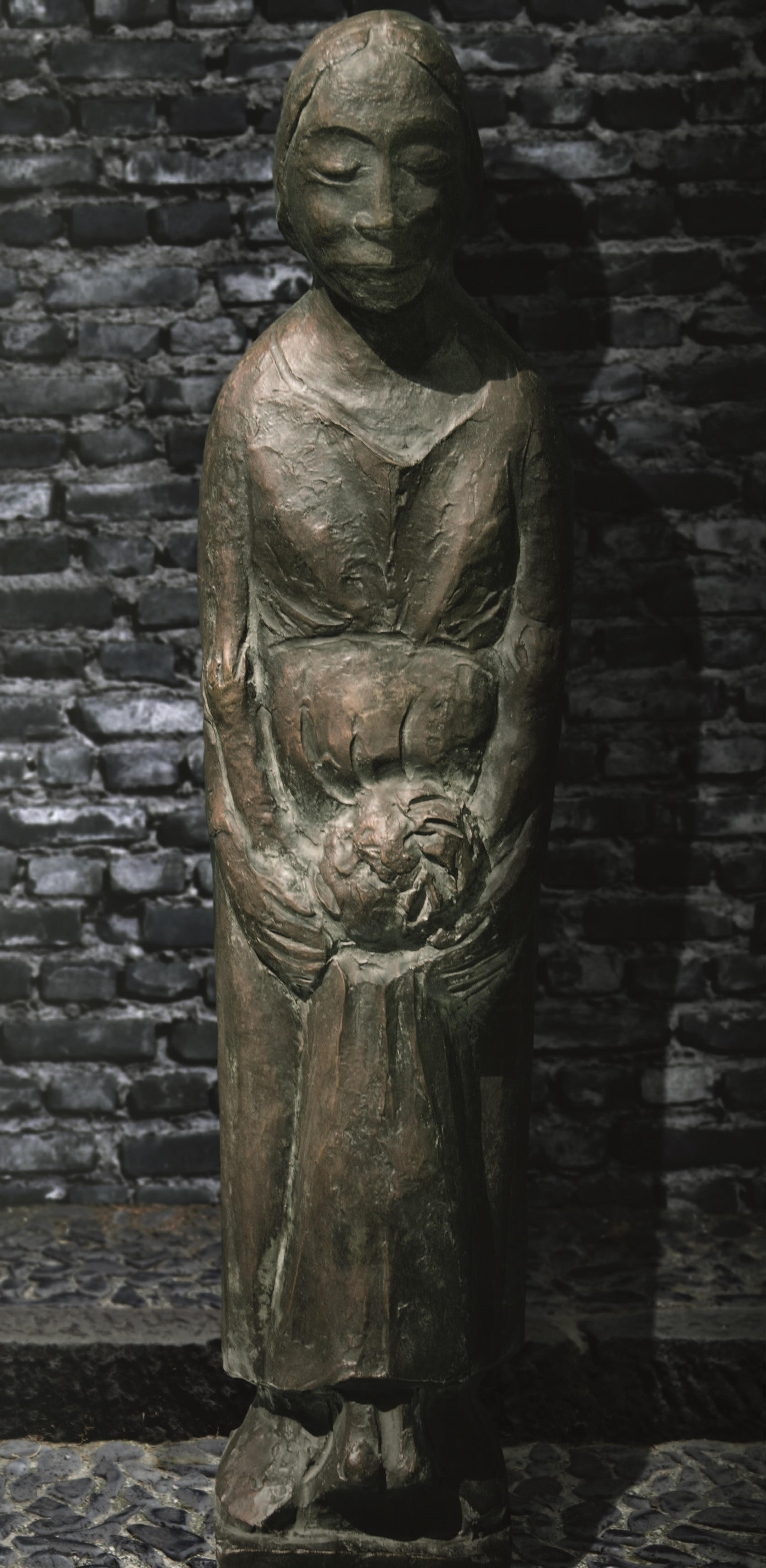
Ernst Barlach, Mutter mit Kind II, Bronze 1935 © Foto Bernd Boehm

Ernst Barlach, Frierende Alte, Russische Bettlerin, Holzschnitt, aus Der Kopf, 1920
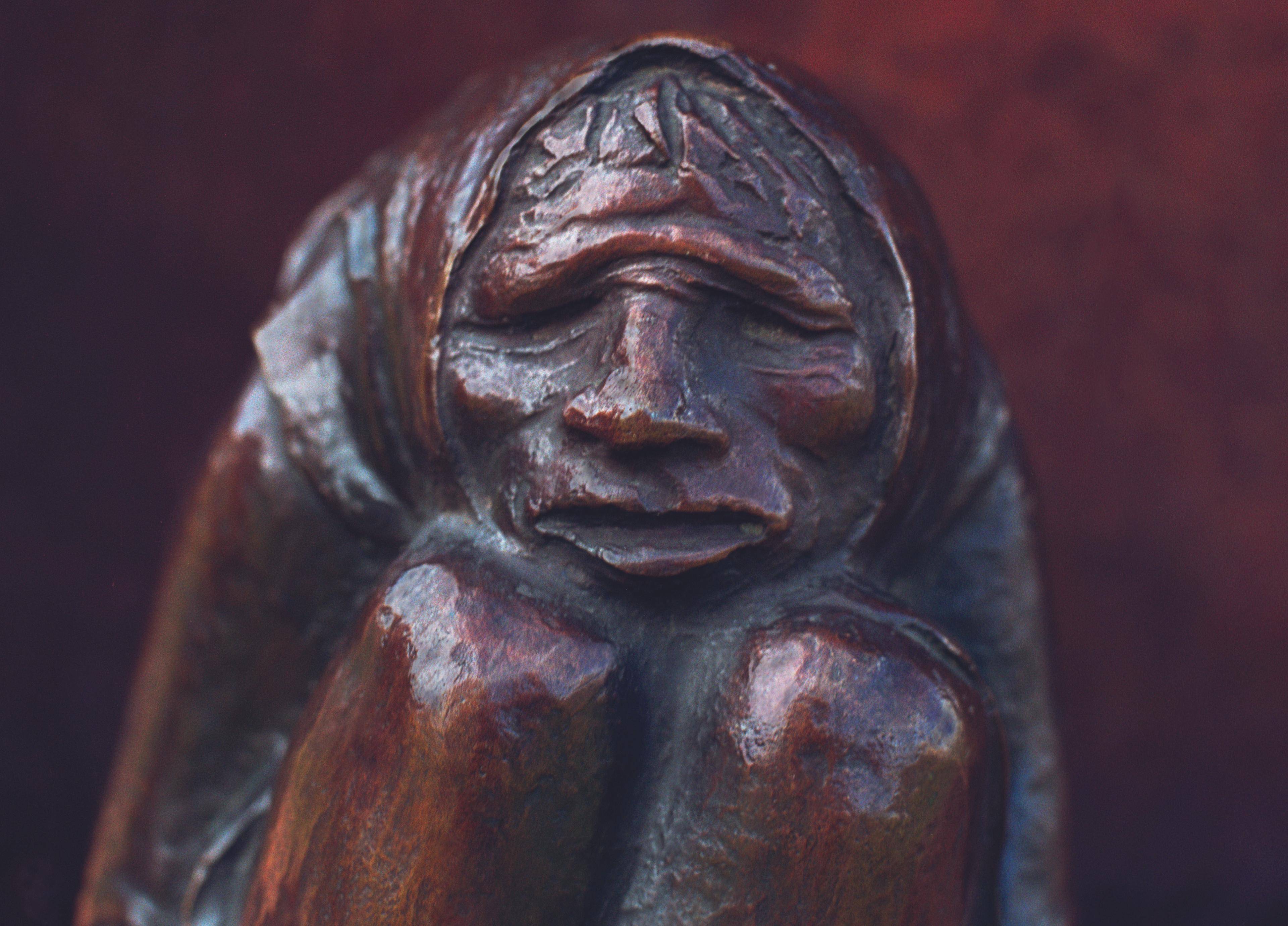
Ernst Barlach, Frierende Alte, Bronze 1937 © Foto Bernd Boehm